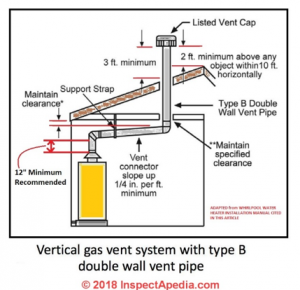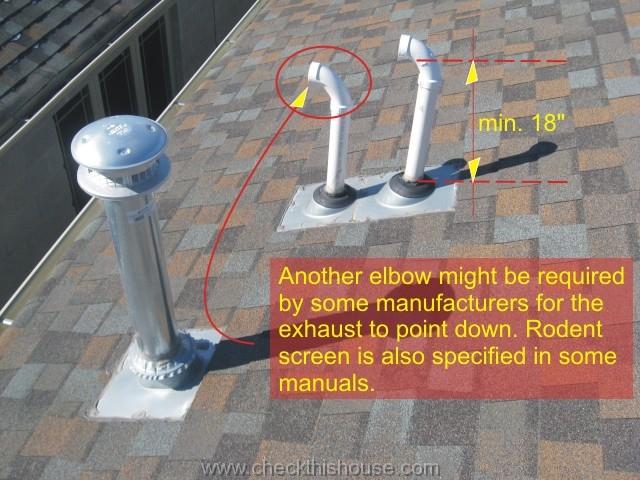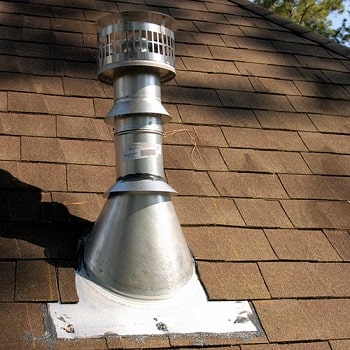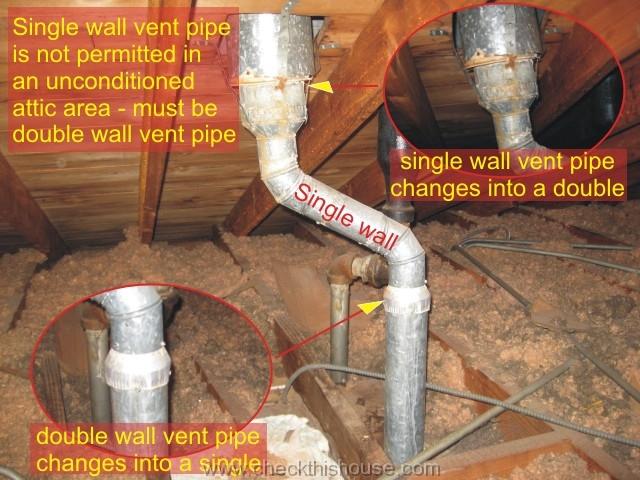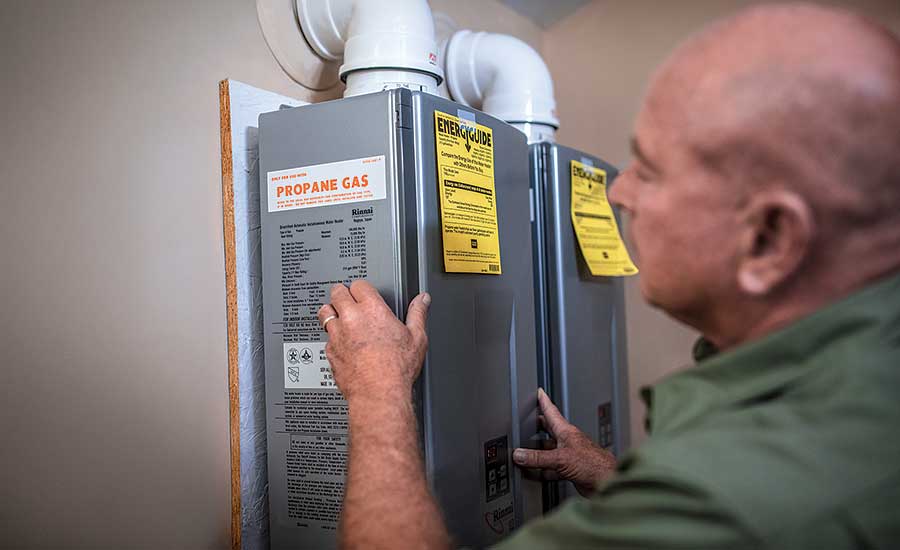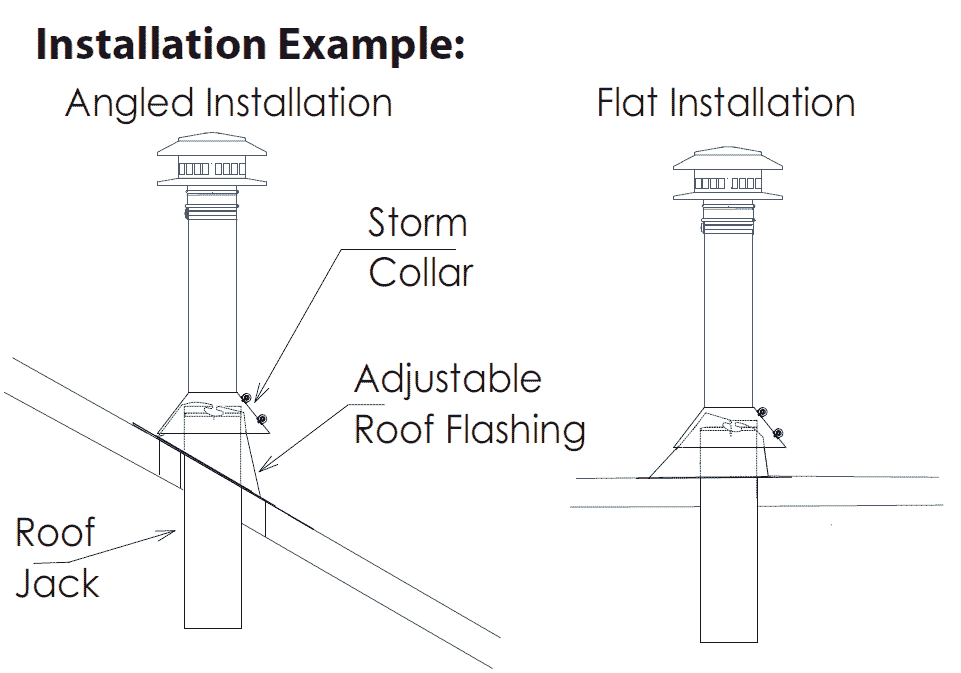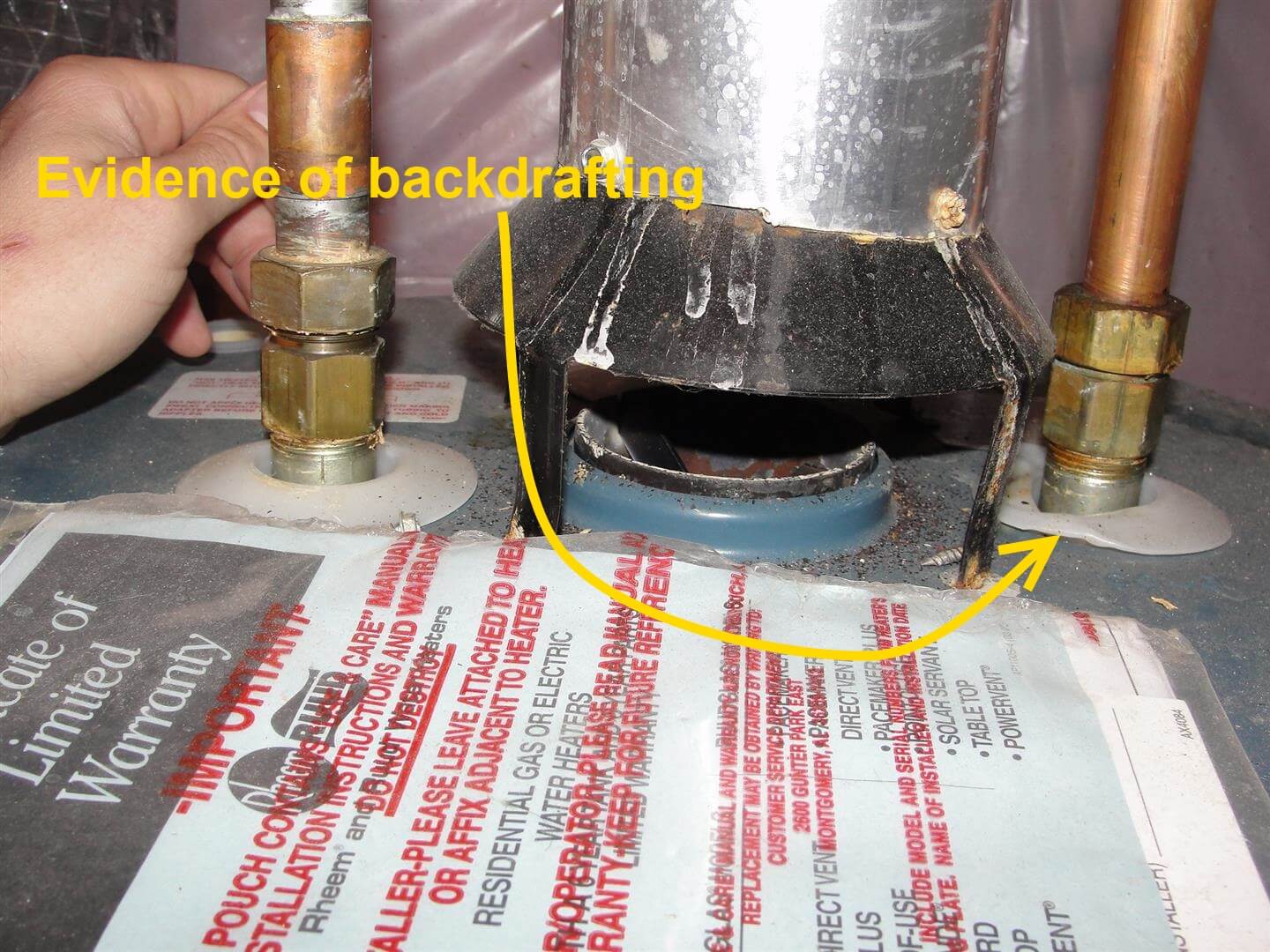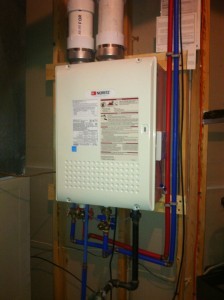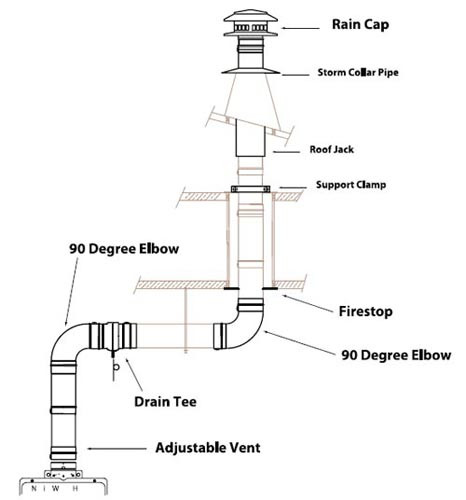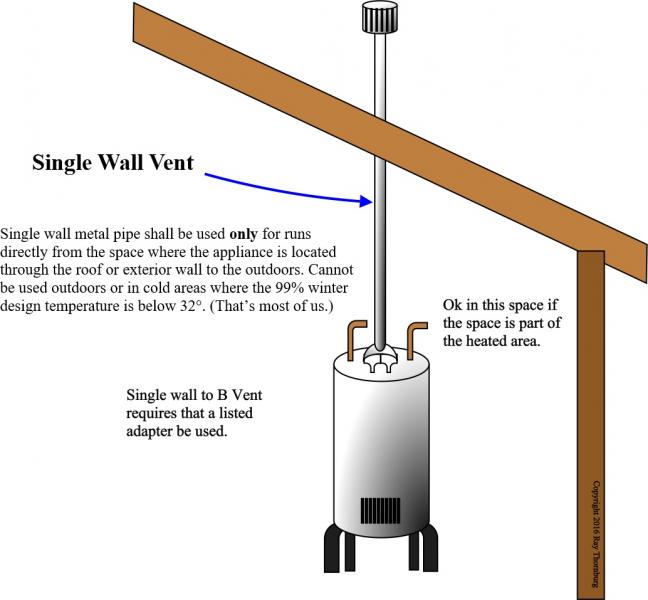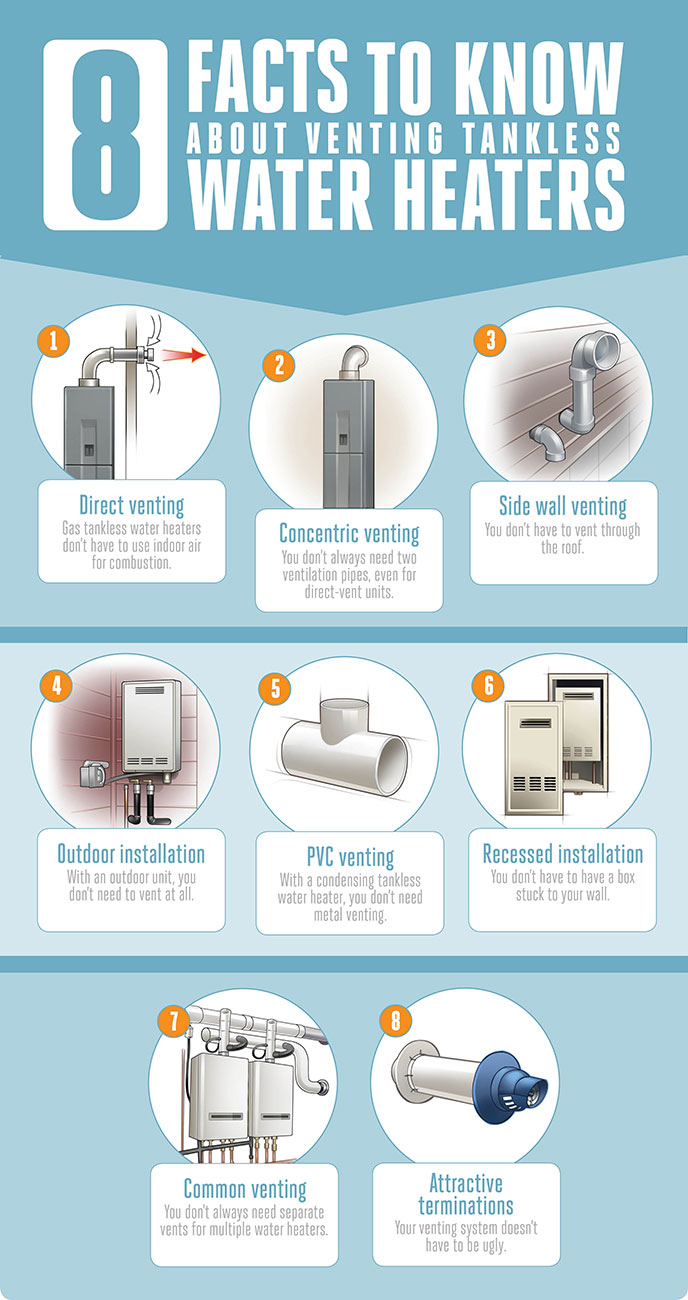When installing a gas water heater building codes requires that they be ventilated out of the room through the attic and out through the roof.
How do i vent my water heater through the roof.
Illustrations of proper gas fired water heater venting using type b double wall vent pipe through a roof above or through a chimney below include details for the flue vent connector such as the requirement of a minimum vent connector upwards slope of 1 4 per foot of horizontal run.
The chimney above the roof is in very poor condition.
You ll need to same tools as the ones required for a roof vent.
The blower pushes the exhaust and excess heat through the exhaust venting.
Tankless water heaters use fans to blow exhaust from the unit horizontally allowing vents to terminate on the side of a house.
Atmospheric venting refers to a system in which exhaust from the water heater naturally rises out of the appliance s combustion chamber then travels up through a standard chimney style flue.
This will allow your water heater to operate efficiently and effectively and most significantly it will avoid any probability of danger and therefore the risk of carbon monoxide gas poisoning.
Traditional gas tank water heater require venting through the roof.
Tankless water heaters provide either horizontal venting or vertical venting which is also referred to as tankless water heater venting through roof.
However this doesn t have to be the case and usually isn t.
When many consumers learn that a gas powered tankless water heaters must be vented they immediately imagine costly and invasive carpentry work.
Smith power vent gas water heaters are equipped with an electric blower fan that is installed on top of the water heater which requires an electrical outlet to be close to the water heater.
In order to do this two critical measurements must be taken.
One on the ceiling above the water heater and one that is the distance from the attic floor to the roof.
Venting a garage heater through a wall the other solution to ventilating your garage when installing a gas heater is to run the vent duct through the wall of your garage.
The most common problem associated with water heater venting is a condition called backdrafting in which exhaust gases from the water heater fail to exit the home via the vent and instead end up in the house backdrafting can have many causes but it is most commonly due to poor vent design or installation and or an imbalance of air volume in the home.
Tankless water heaters can vent through the roof or a side wall creating more flexibility and options for placement.
Tankless water heater venting can be a quick and affordable job if you plan it right.
Some people prefer this method since this option allows you to maintain the integrity of your roof.
Proper venting prevents backdrafting.


